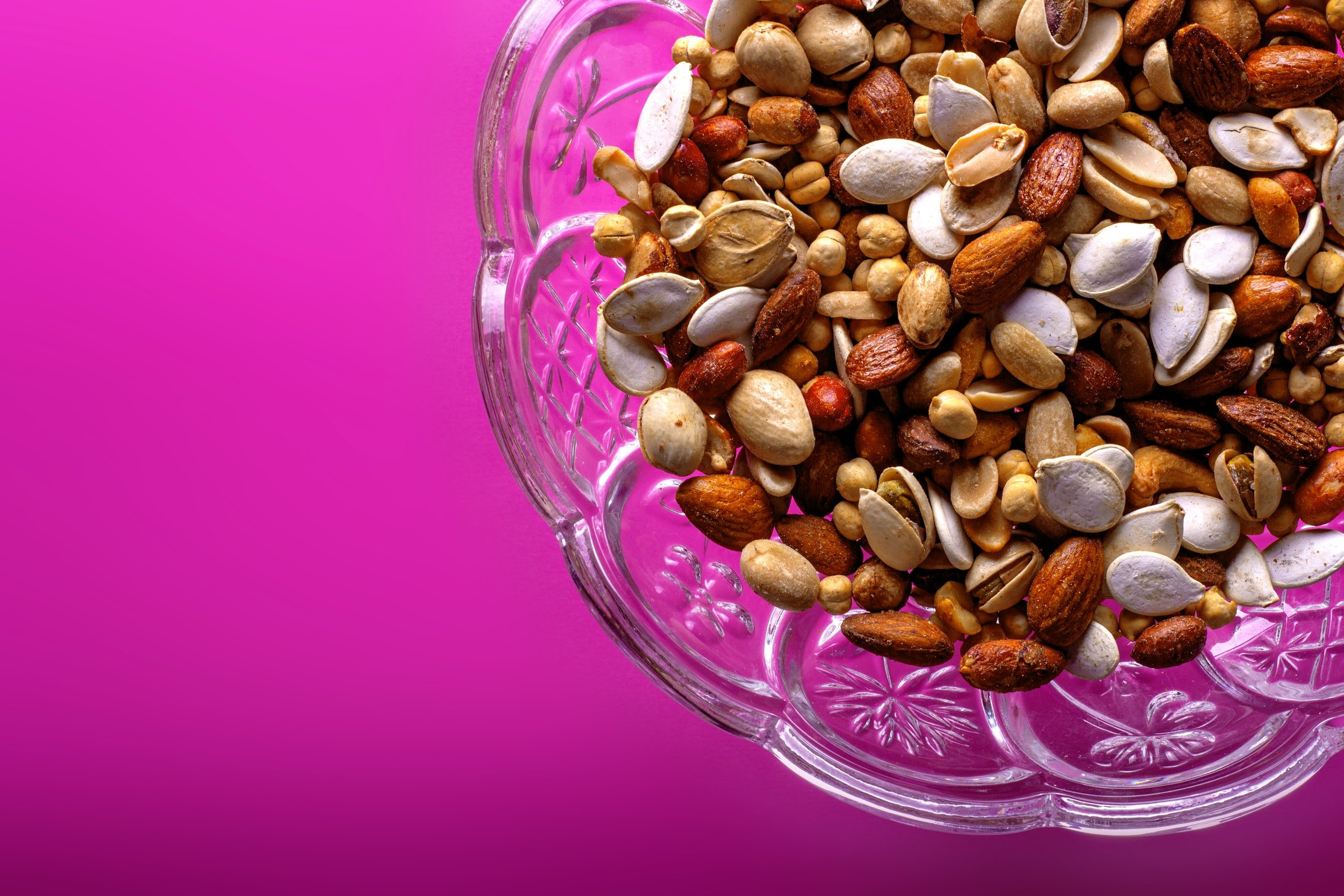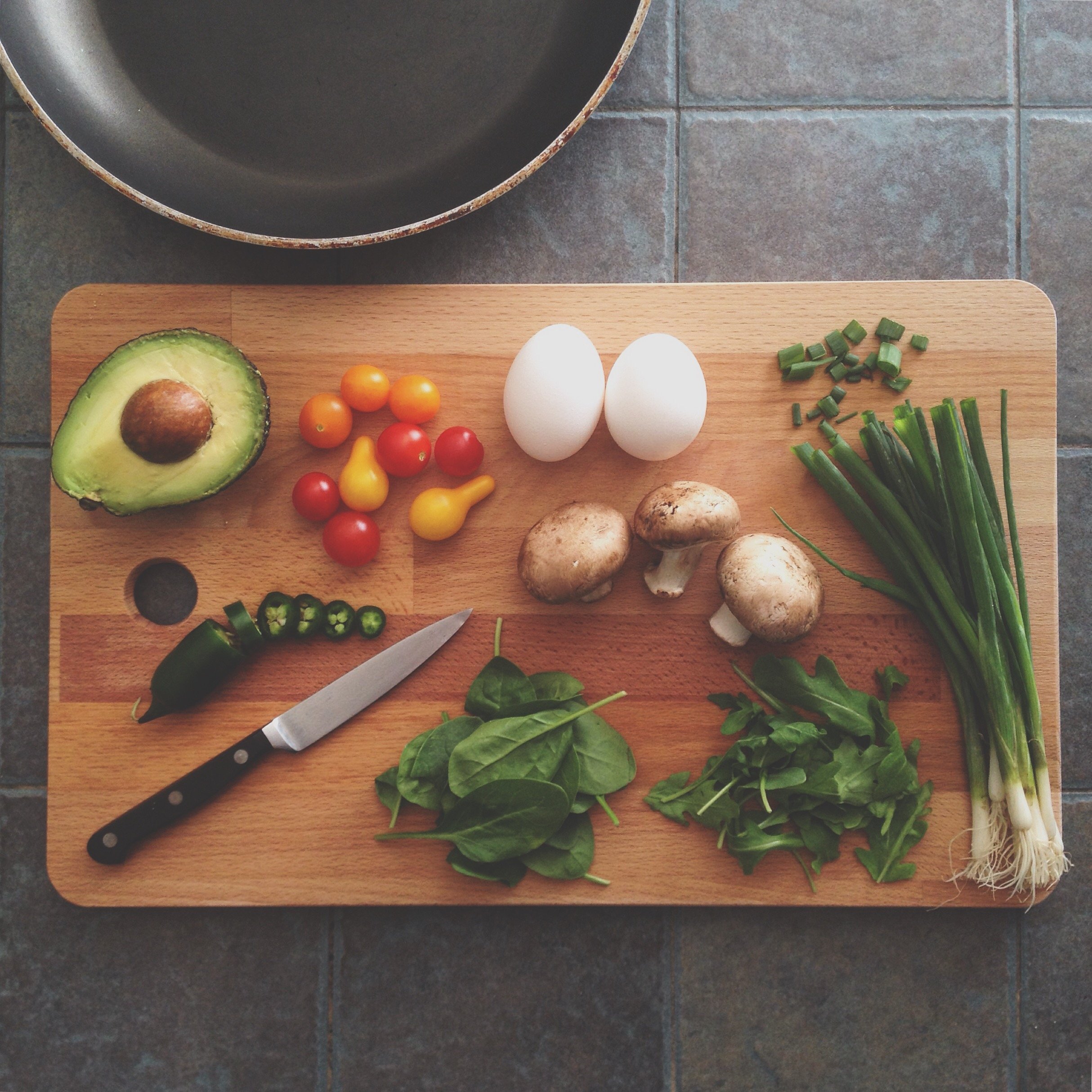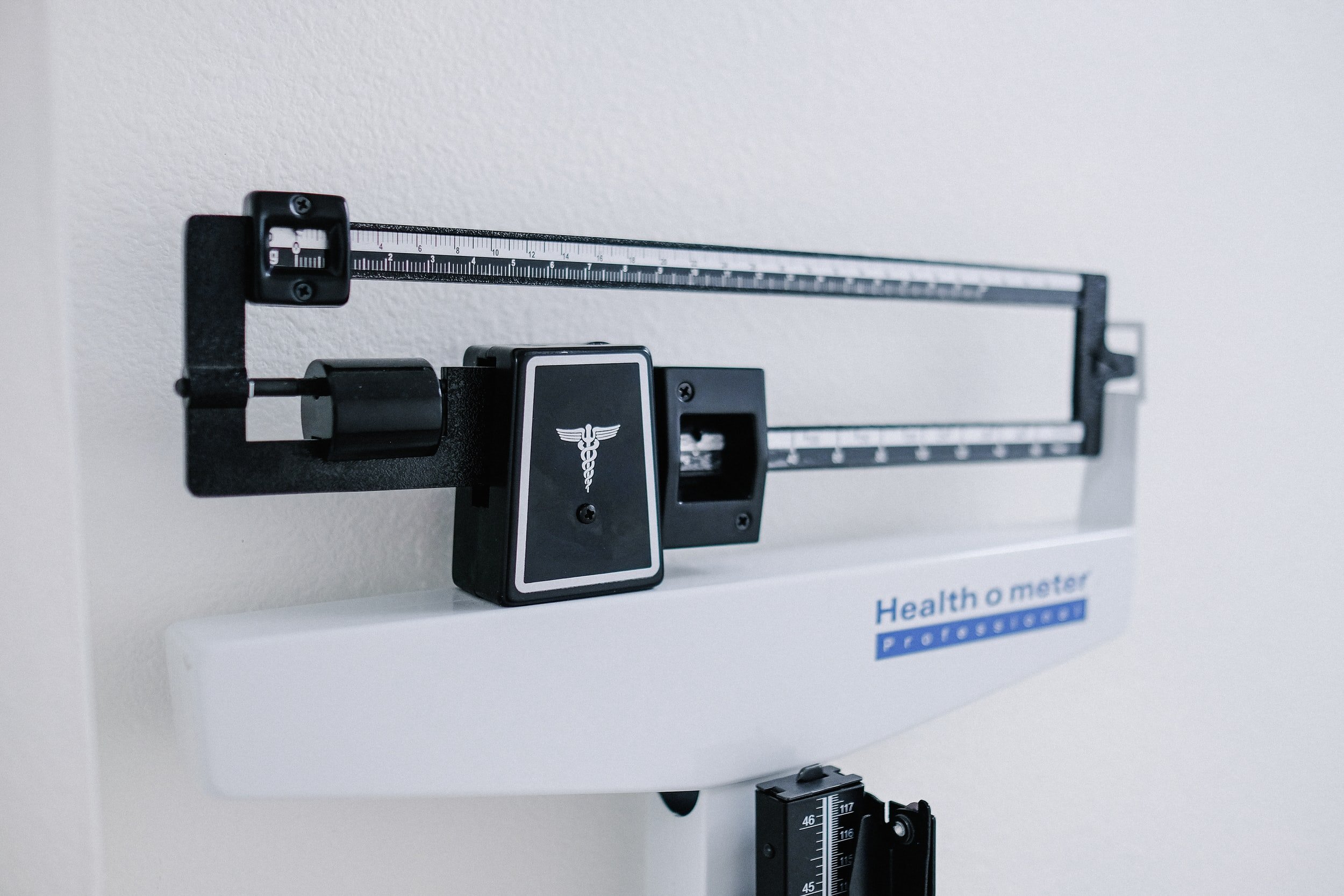Why follow a 'no-diet' diet
Published in Mint on 17th May 2022 and 15th May 2022 in Lounge
Pic credit @jannerboy62 from UnSplash
Every season, a new ‘fad diet’ crops up. This could range from Vegan, Mediterranean, Atkins and Paleo to Ultra-low carb, Ultra-low fat, Dukan, intermittent fasting, the Zone diet, etc. Many people spend large parts of their lives jumping from one diet to the next, hoping to find that magical bullet that will help them get the body of their dreams. Nearly all diets will work to some extent for a short period of time and people will see changes within hours or days.
“However, in reality, there should not be a diet. We should all follow the ‘no diet’ diet, where we make permanent and sustainable changes to our eating habits.”
Pic credit @agto from UnSplash
Here is some ‘food for thought’.
“We recommend reducing carbohydrate intake as most cultures promote its excessive intake. On other hand, we would recommend increasing fat and protein intake.”
Even though Rajat is a vegetarian, when it comes to a well-balanced diet, he suggests that everyone follows a non-vegetarian diet (i.e. diet that contains meat and animal products). Being a pure non-vegetarian and consuming minimal vegetables and fruits is not advisable either. This does not mean being a carnivore and only eating meat but being more mindful about where your food (and particularly protein) is coming from.
Pic credit @foodjetsexpress from UnSplash
Proteins are the building blocks of your muscles and you need them to recover faster after strenuous workouts such as walking, running, cycling, swimming, strength training, etc. Protein is also essential for all functions of the human body, so we must consider where we are getting them from. If you are unable to eat meat, ensure you have a wide range of vegetarian protein sources, such as dairy, pulses, legumes, etc.
Pic credit @usmanyousaf from UnSpash
Fats have got a lot of bad publicity and are confused with fat in the body. They are important for you. In any case, women can endure pregnancy for 9 months because of higher fat content in their bodies when compared with men.
We should pick best practices from the diets that work for us. But definitely don’t go for extreme diets as they can be detrimental.
Pic credit @danielcgold from UnSplash
Fasting has been a part of cultures like India for thousands of years, where people where people fast once a week. Although intermittent fasting has become popular in recent years, we all need to remember that we fast every single night. We do not wake up at night to eat. Before the invention of electricity, humans would eat only during certain times of the day such as the sunrise or the sunset, etc.). This could mean extended periods of fasting, maybe up to 14 hours per day, with a break from 6 p.m. (dark) to 8 a.m. (light). Breakfast is called ‘break-fast’ for a reason; we are ‘breaking’ the ‘fast’!
Pic credit @danielcgold from UnSplash
Another myth to bust is in the area of supplements, which are called exactly that for a reason. You only need to take them to supplement your regular food, if something is missing from your usual meals. Don’t let them be the main source of any nutrient.
Pic credit @neonbrand from UnSplash
There is also an argument on actually wanting or needing to drop any weight at all. As the saying goes, ‘muscle weighs more than fat’. Fair enough, a kilogram of muscle will be as heavy as a kilogram of fat, but muscle is a lot denser than fat. Hence, a kilogram of muscle will take a lot less space than fat. With that consideration, what we should be promoting is body re-composition where fat is lost and muscle is gained. There will be circumstances where body weight will need to be reduced. There should be less focus on the weighing scale and more on the health and wellbeing outcomes of any diet. Remember, there is no ideal weight. As this book is titled MoveMint Medicine, it goes without saying that exercise and physical activity go hand in hand with any ‘diet’. MoveMint can never outrun (or exercise) a bad diet. But a good diet will always need exercise to go alongside it for overall health and wellbeing.
Published in Mint on 17th May 2022 and 15th May 2022 in Lounge. Excerpted from MoveMint Medicine (book) by Dr. Rajat Chauhan and Dr. Darren Player with permission from Penguin Random House India







